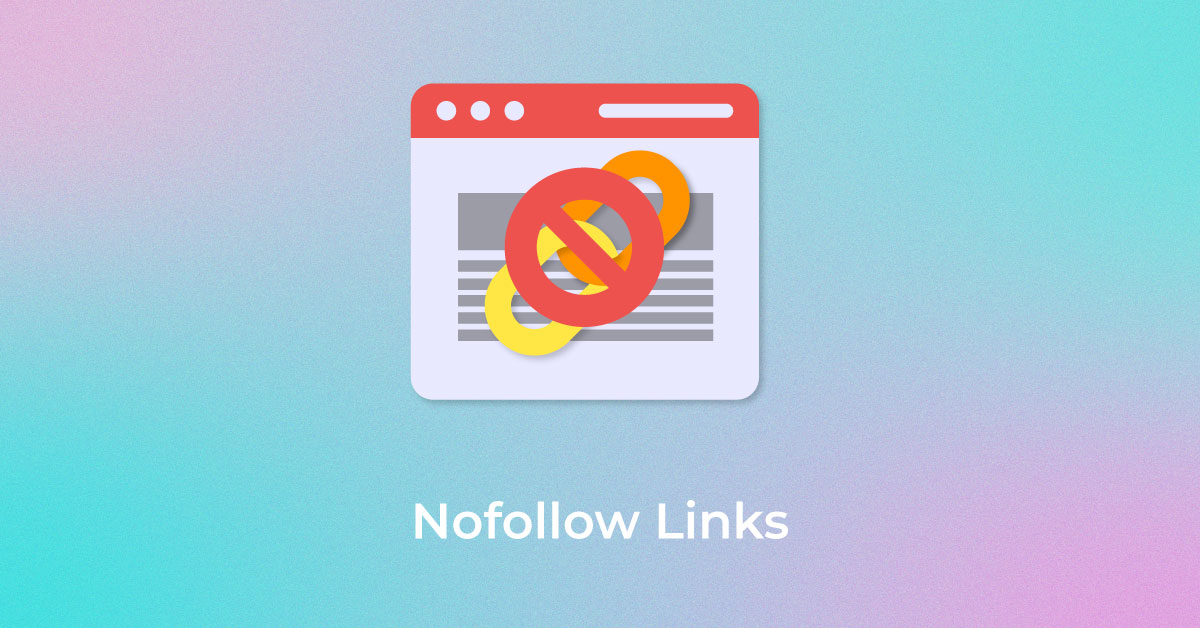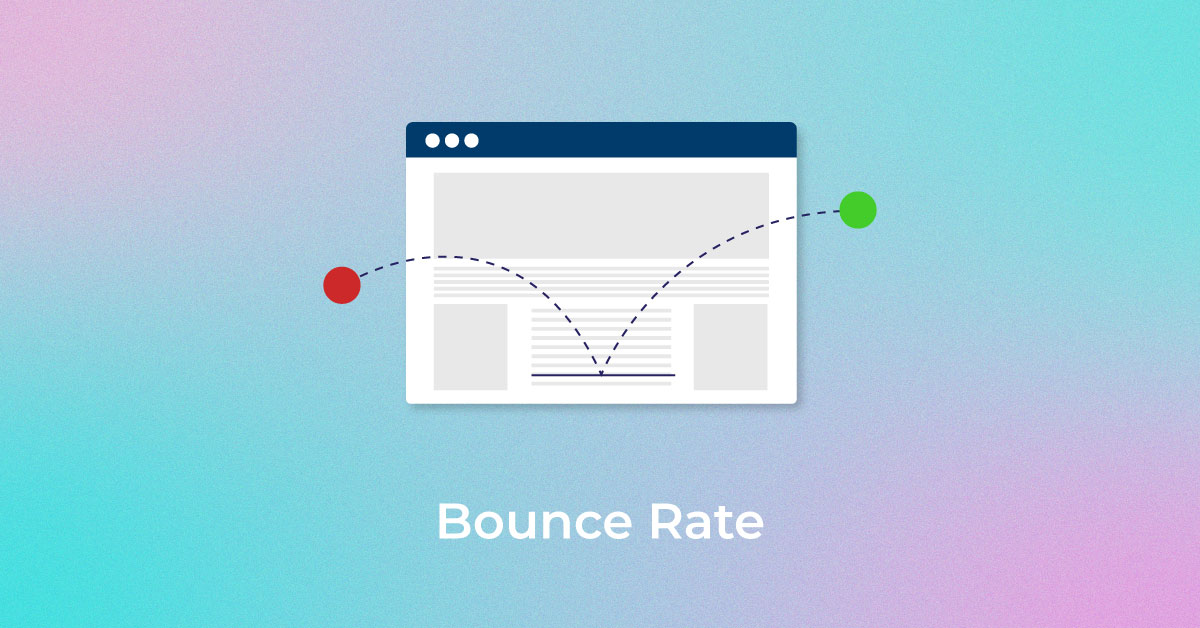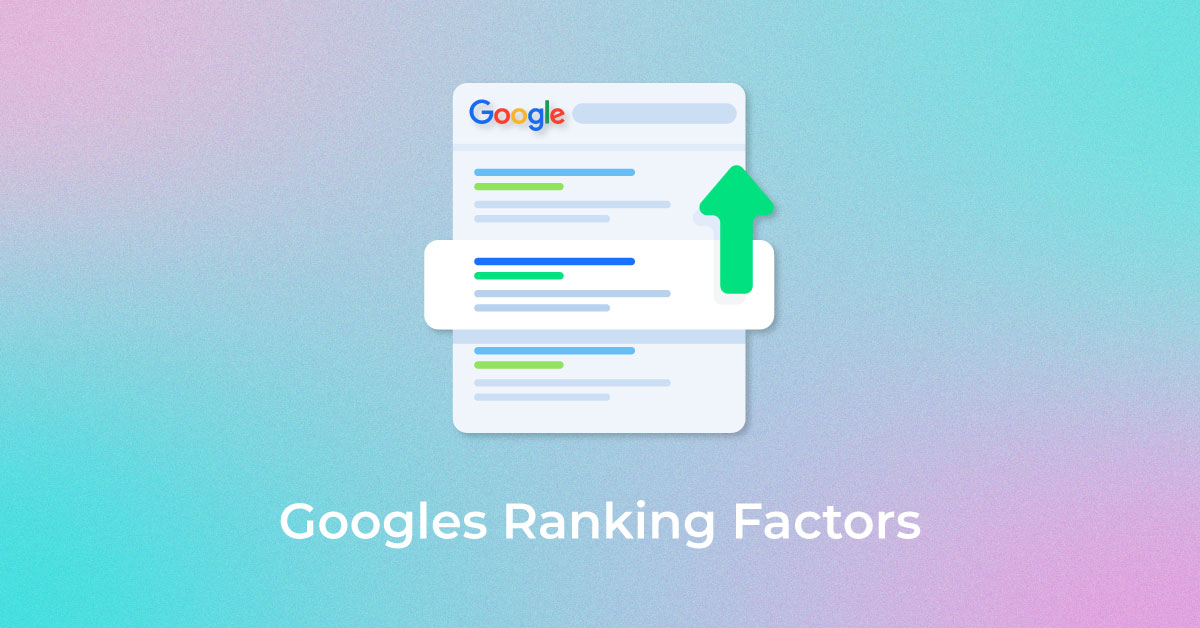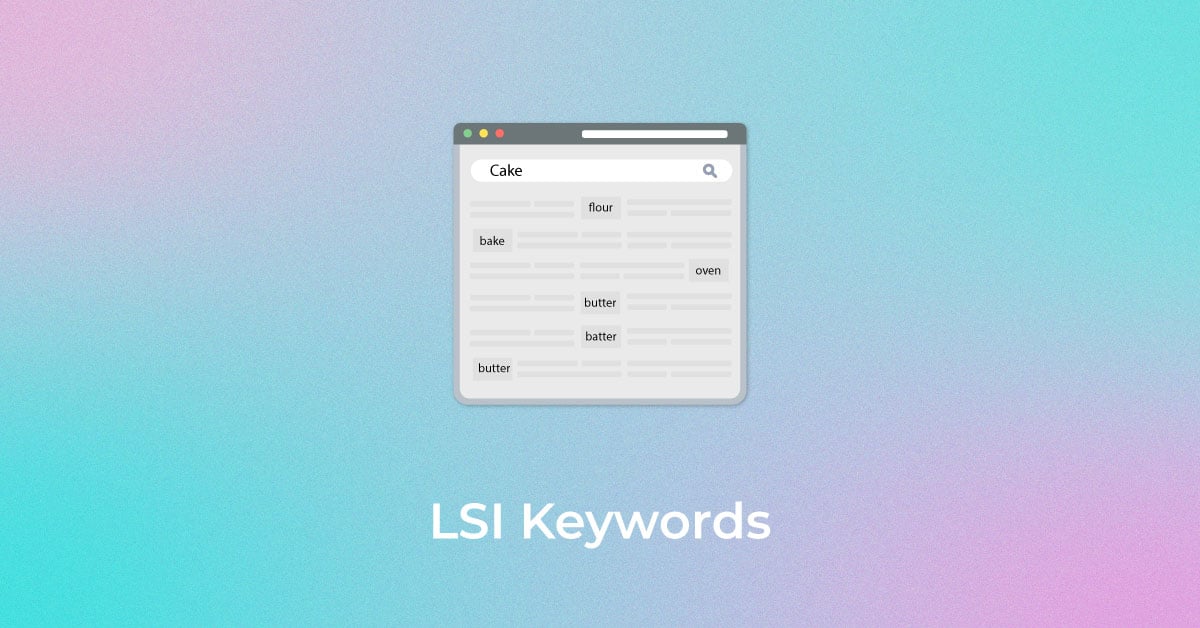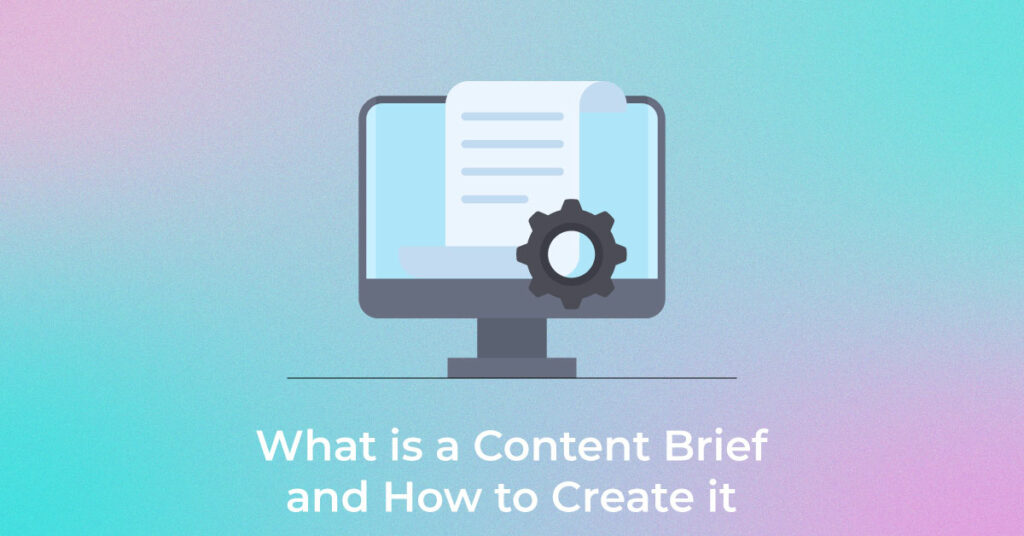In the fast-paced digital world of marketing and content creation, an effective content brief can guide writers in crafting engaging and targeted content. This crucial document plays an essential role in aligning your marketing strategy with the goals of your business. Let’s look into the nuances of content briefs specifically focused on SEO content briefs, as well as the art of creating efficient briefs.
What is an SEO Content Brief?
An SEO content brief is an outline of the primary elements, goals, and guidelines to create content that is optimized for the search engine. It acts as a guideline for writers, assisting them in understanding the audience they are targeting, the preferred keywords, and the primary goal of the material. SEO content briefs seek to achieve a balance between user engagement and search engine visibility, making them an essential part of any digital advertising strategy.
Why Are Content Briefs Important?
Content briefs are more than an administrative process during content creation. They form the basis of an effective marketing strategy through content. The following reasons state why content briefs are vital:
- Ensuring Alignment to Business Goals:
A well-written content brief will ensure the content complies with the larger business goals. It defines the goal the content is aimed at, its target audience, and the desired results, resulting in an efficient and coherent content strategy.
- Achieving Consistency Across Platforms:
Consistency is the key to building the brand’s identity. Content briefs help maintain a consistent tone of style, design, and messaging across different platforms, enhancing the brand’s voice and establishing its credibility.
- Targeting Time and Resource Efficiency:
By providing an outline, content briefs help writers accelerate their writing process. These briefs are not only time-saving, but they also maximize promotional efforts and ensure efficient resource allocation.
The Process of Writing an Effective Content Brief for Writers: In 7 Steps
A well-crafted content brief requires careful planning as well as effective communication. Knowing the process, whether you’re a content manager or marketer, is crucial for creating content that fulfills the needs of your audience. This guide will assist you in preparing a thorough content outline to increase writer efficiency and increase the effectiveness of your content marketing efforts.
- Define the Purpose and Objectives:
Be sure to define the goals and purposes of the material clearly. What are you hoping to accomplish through this piece? Whether it’s to inform, inspire, or encourage conversions, a clear objective sets the stage for a well-defined and effective short.
- Identify and Understand Your Audience:
Know your audience from head to toe. Determine their demographics, preferences, and areas of pain. Thorough knowledge of your audience lets you tailor your content to meet their requirements so that it engages and resonates with them.
- Conduct Thorough Keyword Research:
Include SEO aspects by conducting a thorough keyword study. Choose relevant terms and keywords that are aligned with your business objectives. Use these keywords strategically to increase search engine exposure.
- Outline the Content Structure:
Create a clear and well-organized arrangement for the information. The brief should outline the major headings, subheadings, and essential points. A well-organized brief not only assists writers but will ensure the final product is simple to understand and comprehend.
- Specify Tone, Style, and Brand Guidelines:
It’s important to clearly define the tone and style of your content, whether it’s casual, formal, or technical. By establishing guidelines, you can ensure consistency and strengthen your brand’s identity. Be sure to include any brand-specific guidelines to create a cohesive brand image.
- Include Supporting Elements:
Include any images, multimedia elements, or references that are required to be shared with the content. Whether it’s infographics, images, or other assets, these elements improve the user experience and enhance content quality.
- Establish Review and Feedback Processes:
Create a transparent review process and feedback process. Facilitate open communication between the authors and other stakeholders. The constructive feedback helps refine the content, ensuring it is aligned with the desired goals. Collaboration is the key to efficient content creation.
What Is the Format of a Content Brief?
Here is an example of the Content brief template we utilize to direct our writers:
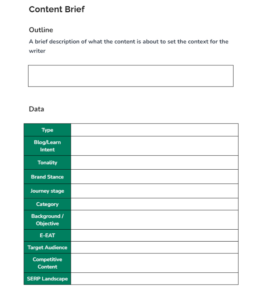
You can download the complete template for the content brief by clicking the link provided here. content brief template.
Who Uses Content Briefs?
Content briefs are a flexible tool used by a variety of participants in content creation processes. Here’s a look at who can benefit from them:
Content Writers:
They are at the forefront of utilizing briefs on content. These briefs provide specific guidelines for creating content, including intent, target audience, and structure.
Content Managers:
Content managers oversee the entire production process of various types of content. Utilizing briefs helps them align teams with business goals, ensure uniformity, and guarantee high-quality content.
Digital Marketers:
Digital marketers use briefs to ensure that content is aligned with broader marketing strategies. They use these documents to incorporate SEO considerations in the content and improve online visibility and marketing goals.
When is a Content Brief Necessary?
A content brief becomes an essential tool in a variety of situations, which indicates its necessity during the process of creating content. These are the situations where the need for a content brief is essential:
New Campaigns or Initiatives:
When launching new initiatives or campaigns, a content brief provides an outline, making sure that the content matches the mission and messages of the initiative.
Collaborative Projects:
In collaborative projects that involve several participants, a content brief acts as a unified document. It helps ensure everybody is on the same page when it comes to content goals and guidelines.
Outsourced Content Creation:
When outsourcing content writing, a content brief helps align freelancers or agencies with your brand and goals.
Complex Topics or Industries:
In fields with complex topics, a content brief provides clear guidelines and communicates key aspects for writers.
To boost your content marketing campaigns’ effectiveness and efficiency, it’s essential to understand your audience’s needs and follow a proven process for preparing content briefs that align with these expectations.
Frequently Asked Questions
What are the best ways to use briefs on content?
Effectively utilizing a content brief involves creating a detailed document that captures the essence of the content’s purpose, the specifics of its target audience, the desired tone, and the keywords that should be integrated for search engine optimization. Additionally, it should highlight the critical topics and main points that need to be addressed. This document serves as a guiding blueprint for writers, ensuring that the content not only aligns with strategic goals and audience expectations but also maintains consistency in message and style.
What are the advantages of briefings on content?
Content briefs enhance consistency, streamline production, and improve stakeholder communication. They set clear expectations, save time, and boost content quality by ensuring alignment with brand identity and audience needs in a concise framework.
Popular Searches
How useful was this post?
4 / 5. 4












